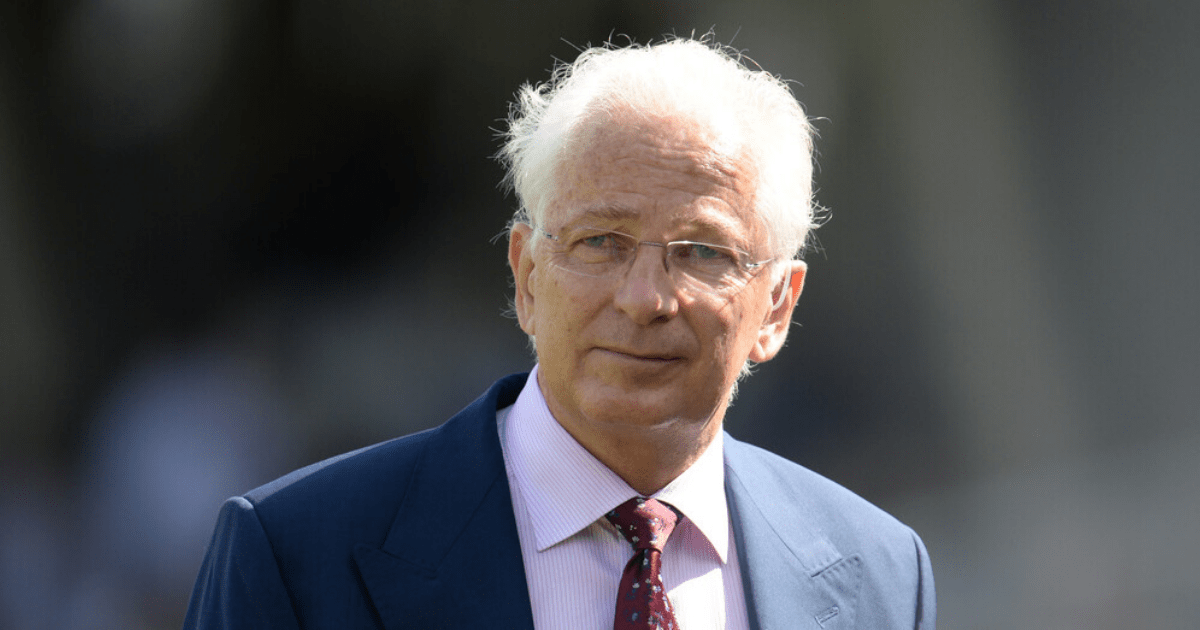Investment Gone Awry
Former England cricket captain David Gower, 61, has disclosed that he lost £10,300 in an Australian green energy project known as Lotus Co-Op back in 2018. Unfortunately, Gower has not seen any returns on his investment.
Disappointing Turn of Events
Gower shared on Australian TV that the situation has turned into a complete mess, despite initial promising signs. Lotus Co-Op had raised £3 million for community-owned clean energy projects and claimed to have secured a £27 billion renewable energy contract in Ethiopia.
Calls for Action
Adam Hollioake, another former England cricketer and investor in the project, along with Aussie stars Brad Hodge and Greg Matthews, is leading the charge to recover investors' funds. Hollioake emphasized the urgency, stating that efforts to retrieve the money have been persistent and numerous.
Denial of Wrongdoing
Co-founder Ian McBain refuted allegations of dishonesty, asserting that misleading investors is not part of his conduct. When questioned about the whereabouts of the invested funds, McBain attributed the issue to Vippond and explained that all the money had been spent.
A Cricketing Legend's Loss
Gower, who played 117 tests from 1978 to 1992, accumulating 8231 runs – the fifth highest by an English player, now finds himself recounting a financial loss in the aftermath of his involvement in the Australian green energy venture.
Frequently Asked Questions
How do cricketers maintain their mental focus during long matches?
The ability to maintain mental focus during long matches is an essential skill that cricketers can develop by using various mental conditioning techniques. These techniques, such as meditation, goal-setting exercises and visualizations, help cricketers maintain calmness and concentration in high-pressure scenarios. Sports psychologists will often work with cricketers to develop mental resilience. This helps them deal with stress anxiety and distractions. Pre-delivery routines are also common practices to help focus on your current delivery, rather than the match as a whole.
What is the difference between training fast bowlers and spin bowlers?
Fast bowlers’ and spinners’ training differs due to the different physical demands and required technical skills. Fast bowlers emphasize speed, strength, and endurance. Strength and aerobic exercises are used to enhance their ability and energy level throughout the entire day. Spin bowlers are more focused on the technical aspects, like variations in grips, wrist positions, and delivery steps, as well as tactical game plays to outthink batsmen. Both bowlers are focused on accuracy and consistency when it comes to hitting certain lengths.
What is the role of fielding exercises in a player’s routine?
Cricketers should include fielding drills as part of their training. Modern cricket places an emphasis on high standards in the fielding department. Good fielding can make or break a match by saving runs, making incredible catches or even causing a game-changing out. Fielding drills focus on improving agility, catching, throwing accuracy, and developing quick reflexes. Regular practice improves fielders’ ability to react quickly and accurately in the field.
What are the dietary guidelines that cricket professionals follow?
Cricket professionals adhere to a carefully tailored diet that takes into account their specific needs and physical demands. The diet is based on balanced nutrition that includes a mixture of carbohydrates to give energy, proteins to repair and grow muscles, and fats as a source of long-lasting energy. It is important that players stay hydrated by drinking water, sports drinks and other fluids. Sports nutritionists help athletes optimize their dietary plan according to training schedules and matches.
What role does videoanalysis play in the training of a cricketer?
Video analysis is an important part of modern cricket coaching. It allows players, coaches and managers to examine past performances and identify improvement areas. It allows detailed analysis to be done on batting, bowling, and fielding techniques. Through slow-motion replay and other analytical tools, players can refine their skills, understand opposition strategies, and improve their overall game understanding. Video sessions can be conducted in team meetings to help with tactical planning.
Statistics
- On average, professional cricketers dedicate 20-25 hours per week to various forms of cricket-specific training.
- Dietary analysis of elite cricketers reveals that they consume approximately 55-60% of their daily calories from carbohydrates during intense training periods.
- Spin bowlers spend an estimated 50-60% more time honing their technique in the nets compared to fast bowlers, who focus more on physical conditioning.
- Video analysis for performance enhancement can take up as much as 10 hours per week in a professional cricketer’s training schedule.
- A typical professional cricketer may spend up to 12-15% of their training time on mental skills, such as visualization and cognitive exercises.
External Links
cricket.com.au
prodirectcricket.com
pitchvision.com
espncricinfo.com
lords.org
How To
Bowling practice for Fast Bowlers
Fast bowlers should receive specialized coaching that emphasizes speed, accuracy, as well as endurance. To reduce the risk for injury, start by ensuring that the bowler has an excellent foundation. Use resistance training to strengthen the legs and the core – which are primary drivers of pace. Sprint intervals can be added to bowling drills in order to improve consistency and simulate match conditions. Recovery is fundamental, so include activities such as swimming or cycling to maintain cardiovascular fitness without excessive impact on the joints.

